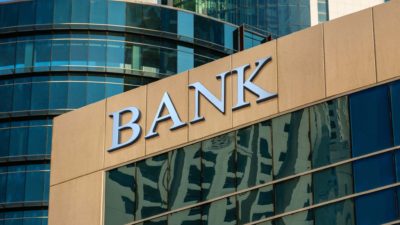Westpac Banking Corp (ASX: WBC) shares are a popular option for income investors.
This isn't a surprise. The big four bank is among the largest dividend payers on the Australian share market. Every year, it returns billions of dollars to shareholders.
This led to Westpac paying out fully franked dividends per share of $1.62 over the past 12 months.
Based on the current Westpac share price of $28.98, this equates to an above-average dividend yield of 5.6%.
In addition, the shares of Australia's oldest bank are up almost 33% since this time last year. This makes for a market-beating total return of over 38%.
But those dividends have long since been paid. What's next for the Westpac dividend? Let's see what is on the cards for investors in 2025.
Westpac dividend forecast for 2025
The next Westpac dividend will actually be declared in November and then paid to eligible shareholders just before Christmas. According to a note out of Goldman Sachs, its analysts are forecasting a fully franked final dividend of 75 cents per share.
Looking to 2025, the broker is expecting Westpac to be forced to cut its dividend to $1.50 per share in FY 2025. This equates to a fully franked 5.2% dividend yield at current prices.
So, while this is down from current levels, it is still above average and likely to be very attractive for income investors.
Are Westpac shares a buy?
Unfortunately, Goldman Sachs doesn't think investors should be buying Westpac's shares, despite how attractive its dividend may be. It commented:
WBC is a multinational bank that provides a broad range of consumer, business and institutional banking and wealth management services through a portfolio of financial services brands and businesses. We are Sell-rated given
i) WBC's technology simplification plan comes with a significant degree of execution risk, given historically banks' large-scale transformation programs have struggled to stay on budget, and we are currently operating in a stickier-than-expected inflationary environment,
ii) WBC is the most exposed to Australian housing, and we believe the relative outlook for system housing lending is likely to be constrained by an already full indebted household, and
iii) The stock is trading on a 12-m forward PER that is one standard deviation above its 15-year historical average and our TP implies downside.
Goldman has a sell rating and $24.10 price target on the banking giant's shares.








